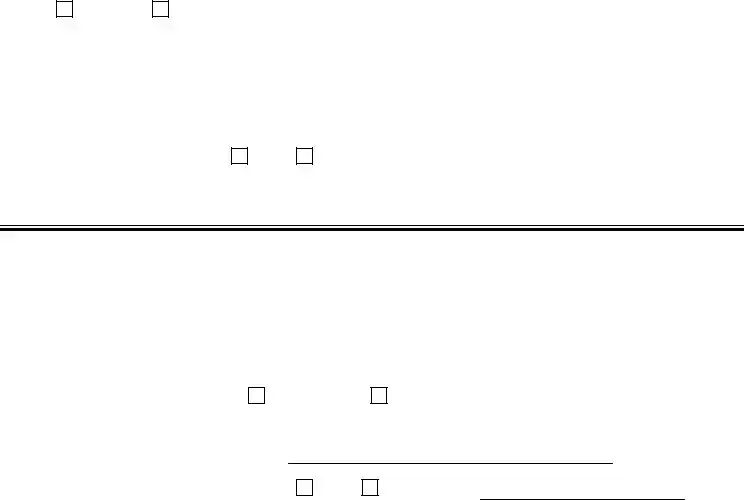What is the purpose of the TB Test form?
The TB Test form is used to record important information about the administration and results of a tuberculosis (TB) skin test, specifically the PPD or Mantoux test. This form captures key details such as the healthcare professional’s name, the testing location, dates, and test results. It helps ensure that the test is properly documented and can be referenced in future medical evaluations.
What information is required on the TB Test form?
To ensure the form is valid and acceptable, all sections must be completed. This includes providing the names of both the healthcare professional and patient, the testing location, and specific dates for when the test was placed and read. The form also requires details about the site of the injection, information about the lot and expiration date of the test solution, and signatures from the administering and reading professionals. Noting the induration measurement in millimeters is crucial for determining the result.
How quickly should the results of the TB test be read?
The results of the TB test should be read within 48 to 72 hours from the date the test was placed. It is important to adhere to this timeline because reading the test outside of this window may lead to inaccurate interpretation of the results. The induration—swelling at the test site—is measured in millimeters to determine whether the test result is negative or positive.
What does a positive result on the TB Test form signify?
A positive result on the TB Test form means that there is a significant induration at the test site, indicating a potential TB infection. However, it does not confirm active tuberculosis disease. A positive result may require further testing, such as a chest X-ray or additional laboratory tests, to determine if the individual has active TB or if they have been exposed to the bacteria at some point. It is important for healthcare providers to interpret the results in the context of the patient’s medical history and risk factors.

